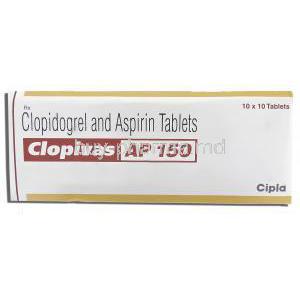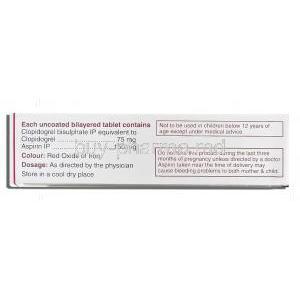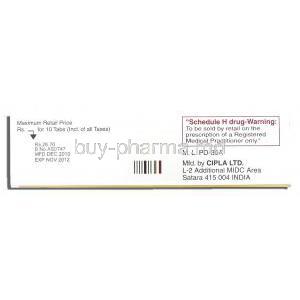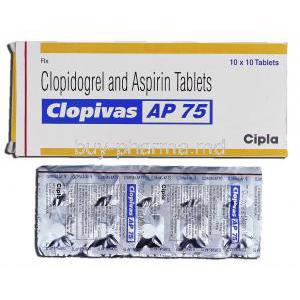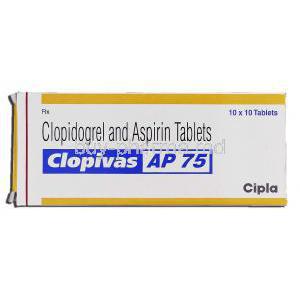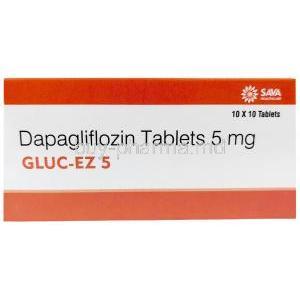Clopidogrel/ Aspirin
- I. Introduction
- II. Composition and Characteristics
- III. Uses of Clopidogrel/Aspirin
- IV. Off-label Uses of Clopidogrel/Aspirin
- V. How Clopidogrel/Aspirin Works
- VI. Dosage and Administration
- VII. Side Effects of Clopidogrel/Aspirin
- VIII. Important Precautions
- IX. Interactions with Other Medications
- X. Warnings and Contraindications
- XI. Special Considerations in Administration
- XII. Handling and Storage of Clopidogrel/Aspirin
- XIII. Managing Overdosage
I. Introduction
A detailed examination of Clopidogrel and Aspirin highlights their importance in treating cardiovascular conditions. These drugs play a role in preventing blood clot related issues leading to a notable decrease in the adverse effects linked to heart ailments. This piece seeks to shed light on the facets of these medications ranging from their fundamental ingredients to their vital roles, in real world medical settings.
II. Composition and Characteristics
The combined use of Clopidogrel and Aspirin in therapy involves two active components, each with unique but complementary ways of working. Clopidogrel primarily acts as an inhibitor of platelet aggregation whereas Aspirin functions as both a inflammatory and antiplatelet substance. With a range of formulations and potencies this blend enables personalized approaches, to preventing cardiovascular issues for a wide range of patients.
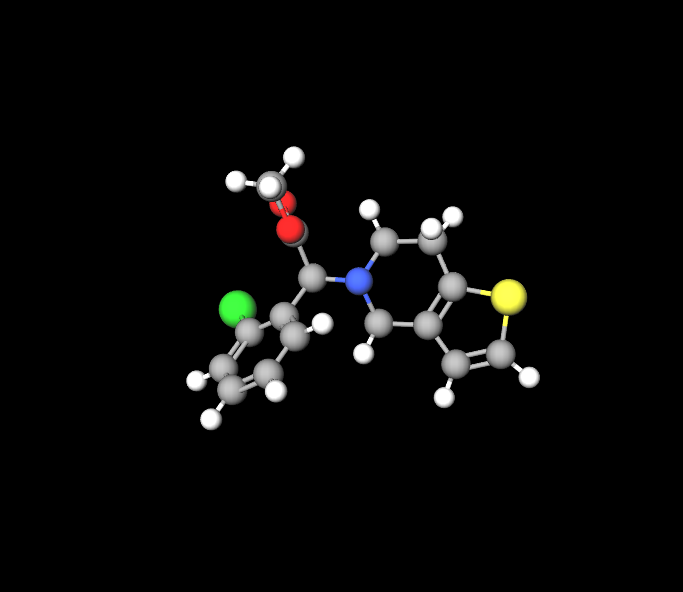
III. Uses of Clopidogrel/Aspirin
-
Combining Antiplatelet and Anticoagulant Therapy in Cardiovascular Disease:
- This article discusses different combinations of anticoagulation and antiplatelet agents to minimize bleeding risk while preserving low thrombotic event rates. It highlights the effectiveness of shorter courses with fewer antithrombotic agents, particularly when direct oral anticoagulants are combined with clopidogrel. The use of very low-dose rivaroxaban plus aspirin has also demonstrated benefit in atherosclerotic diseases, including coronary and peripheral artery disease1.
-
Prevention and Treatment of Peripheral Artery Disease (PAD):
- Antiplatelet agents (such as aspirin and/or clopidogrel) are recommended to prevent blood clots in patients with PAD. Cholesterol-lowering medications (such as statins) are also part of the treatment plan234.
IV. Off-label Uses of Clopidogrel/Aspirin
-
Migraine with Aura:
- A state-of-the-art randomized controlled trial (RCT) investigated the effects of clopidogrel and aspirin in patients with migraine with aura. The combination of clopidogrel and aspirin resulted in a lower monthly frequency of migraine attacks over 3 months compared to aspirin alone1.
- Another study found that clopidogrel monotherapy was associated with reduced risk of net adverse clinical events (including stroke) compared to aspirin monotherapy2.
-
Diabetic Retinopathy (DR):
- Antiplatelet/anticoagulant (APAC) therapy, including aspirin and dipyridamole, has a protective effect against non-proliferative diabetic retinopathy (NPDR) development in patients with type 2 diabetes mellitus (T2DM)3.
- Aspirin and dipyridamole showed significant protection against NPDR development, and clopidogrel, ticlopidine, and warfarin enhanced protection when combined with aspirin usage3.
-
Vascular Conditions:
- Aspirin is often combined with a P2Y12 receptor antagonist (such as clopidogrel) for dual antiplatelet therapy (DAPT) after percutaneous coronary intervention (PCI) or acute coronary syndrome (ACS). Very low-dose rivaroxaban plus aspirin has also demonstrated benefit in atherosclerotic diseases, including coronary and peripheral artery disease4.
- Clopidogrel plus aspirin reduces the risk of myocardial infarction and ischemic stroke but increases the risk of bleeding compared to aspirin alone5.
V. How Clopidogrel/Aspirin Works
Clopidogrel works by targeting the ADP receptor on cell membranes, which is essential for platelet aggregation. In contrast, Aspirin inhibits the COX 1 and COX 2 enzymes, preventing the production of thromboxane A2, a substance that promotes platelet aggregation. When these medications are combined, they work together to increase the inhibition of platelets significantly, offering protection against blood clot-related events.
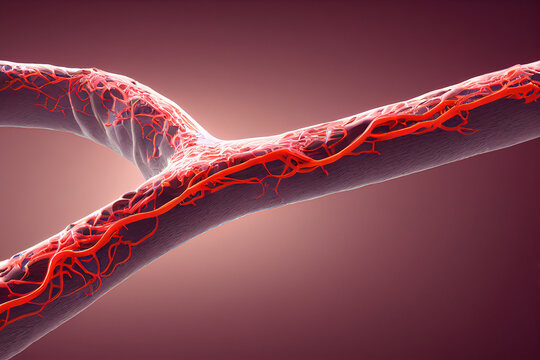
VI. Dosage and Administration
The correct amount of Clopidogrel and Aspirin is crucial to achieving the desired treatment benefits while reducing risks. Adults usually take these medications daily. The dose may change depending on individual health factors and other medical issues. Patients with kidney or liver problems may need dosage adjustments. Following the dosing instructions properly is key to ensuring this treatment works well and is safe.
Clopidogrel stroke guidelines
Patients who have recently experienced a high-risk ischemic attack or a minor ischemic stroke that is not related to cardioembolic causes (with an NIHSS score of 0 3) should consider taking both clopidogrel (75 mg daily) and acetylsalicylic acid (81 mg daily) for the first 21 days post-event. After this period, they can switch to using either acetylsalicylic acid or clopidogrel alone for ongoing antiplatelet therapy.
Clopidogrel generic
Clopidogrel (also known as Plavix or the generic version) could be an alternative to aspirin for individuals with narrowed arteries or those who have undergone stent placement.
when to stop clopidogrel after stent
After 6 to 12 months following the placement of a DES it is considered reasonable to maintain DAPT for patients who have not experienced bleeding and are at low risk, for such occurrences. It is advisable to monitor these patients and conduct regular evaluations during follow up visits.
VII. Side Effects of Clopidogrel/Aspirin
Although using Clopidogrel and Aspirin together is helpful in reducing the occurrence of vascular incidents, it comes with potential risks. Some usual side effects involve stomach discomfort and a higher likelihood of bleeding, which can vary from bruising to significant gastrointestinal bleeding. While serious reactions are rarer, they may include hemorrhagic stroke and severe allergic responses requiring prompt medical intervention.
Does aspirin lower blood pressure
There is some evidence suggesting that aspirin may reduce blood pressure, although this is not universally true. It is crucial to note that aspirin alone does not directly lower blood pressure; however, its blood-thinning properties may be advantageous for individuals with high blood pressure.
Atorvastatin and Clopidogrel side effects
Reports have been published indicating that atorvastatin may impact the metabolism of clopidogrel by hindering its activation. As a result this could reduce the effectiveness of clopidogrel possibly leading to a risk of thrombotic events, in patients using both medications.
VIII. Important Precautions
When prescribing Clopidogrel and Aspirin, it's important to take precautions. It should not be given to patients with known bleeding disorders or those about to undergo surgical procedures. Regularly checking blood levels and liver function can help catch any issues early on, making it possible to intervene promptly. Dosing adjustments are sometimes needed after surgeries to find the balance between preventing blood clots and avoiding excessive bleeding.
Can you still have a stroke when taking clopidogrel
Clopidogrel is known to be highly efficient in preventing strokes with side effects when compared to other antiplatelet medications like aspirin or dipyridamole. Many consider clopidogrel as a choice for reducing the risk of experiencing another stroke or transient ischemic attack (TIA).
List of foods to avoid with clopidogrel
Avoid consuming grapefruit juice when you're on clopidogrel medication. Grapefruit juice can reduce the effectiveness of your medicine, potentially leading to a decreased ability to prevent blood clots.
Aspirin vs Ibuprofen
Aspirin unlike ibuprofen possesses antiplatelet characteristics. Therefore apart from alleviating pain and inflammation aspirin aids, in averting the formation of blood clots, heart attacks, strokes and other heart related issues when consumed in amounts.
Ticagrelor vs Clopidogrel
Ticagrelor isn't classified as a prodrug even though it contains a metabolite. It acts faster than clopidogrel and is more powerful. The side effects, like bleeding and bruising, are comparable. However, ticagrelor has a higher chance of leading to breathing difficulties.
IX. Interactions with Other Medications
When taking Clopidogrel and Aspirin along with other medications, it's important to be careful to avoid any negative reactions.
- Especially when these are combined with blood thinners like warfarin or newer direct oral anticoagulants, the chances of bleeding increase. Additionally, nonsteroidal anti-inflammatory drugs (NSAIDs) can make gastrointestinal bleeding risks worse.
- Regarding Blood Pressure Medications: Using these two medications together may reduce the effectiveness of antihypertensives, such as ACE inhibitors and beta blockers, which might require adjustments to the prescribed dosages.
- Tips to Prevent Interactions: It is recommended to regularly consult healthcare professionals for monitoring and consider using alternative treatments if the risks outweigh the benefits.
Clopidogrel interactions with alcohol
Consuming alcohol while using clopidogrel may cause stomach irritation and increase the likelihood of developing a stomach ulcer.
X. Warnings and Contraindications
Using both Clopidogrel and Aspirin together is not recommended for individuals who have had allergic reactions to either drug in the past, those with ongoing bleeding issues like peptic ulcers or intracranial hemorrhage, and patients with severe liver problems. Following FDA alerts and warnings about the increased risk of bleeding linked to these medications is crucial.
Symptoms after stopping clopidogrel
If you discontinue the use of clopidogrel your blood clotting will return to its rate within about 5 days after stopping the medication. This could potentially elevate your chances of experiencing issues such as heart attacks or strokes.
Accidentally took double dose of clopidogrel
Taking a tablet or two is unlikely to cause harm, but the threshold for a clopidogrel overdose varies from individual to individual.
Clopidogrel rxlist
Plavix, also known as clopidogrel bisulfate, belongs to a class of medications called thienopyridines. It works by preventing platelet aggregation, which helps control blood clotting. This medication is commonly prescribed for individuals with conditions such as a coronary syndrome, heart attacks (myocardial infarction), peripheral vascular disease, and certain types of strokes (ischemic strokes).
XI. Special Considerations in Administration
Administering Clopidogrel and Aspirin involves considerations that vary depending on the patient population:
- Elderly Patients; Due to their increased vulnerability to both blood clotting and bleeding issues it is crucial to make precise dosage adjustments and closely monitor them.
- Pregnant Women and Nursing Mothers: This combination should only be used if the potential benefits outweigh the risks to the fetus or infant.
- Guidelines for Pediatric Use: The safety and efficacy of using these medications in patients have not been confirmed, emphasizing the need for caution and expert guidance.
Baby aspirin during pregnancy
Taking an amount of aspirin daily during pregnancy is generally seen as safe and has a low risk of causing significant issues for the mother or the baby.
Can dogs have aspirin
When your furry friend is feeling uncomfortable, resist the urge to offer them pain medications, like aspirin or those you use for headaches or muscle aches. Instead, opt for a pain relief option specifically designed for dogs.

XII. Handling and Storage of Clopidogrel/Aspirin
To make sure that Clopidogrel and Aspirin work effectively, it's important to store and handle them correctly. Keep these medications in their packaging at room temperature, away from moisture and sunlight, to maintain their quality. When handling them remember to shield them from temperatures and keep them away, from childrens reach.
Clopidogrel pill identifier
The 75 mg Clopidogrel tablets USP are circular, white, and coated with film. They have a biconvex shape with "R" imprinted on one side and "196”, on the side.
XIII. Managing Overdosage
In situations where much medication is taken it's important to seek medical help right away. Signs of an overdose can include throwing up, having trouble breathing, and experiencing bleeding issues. Using activated charcoal within two hours after swallowing the substance can help lessen its effects, and providing supportive treatment is crucial in addressing the symptoms. Depending on how serious the symptoms are, the doctors will assess specific antidotes that may be needed.


